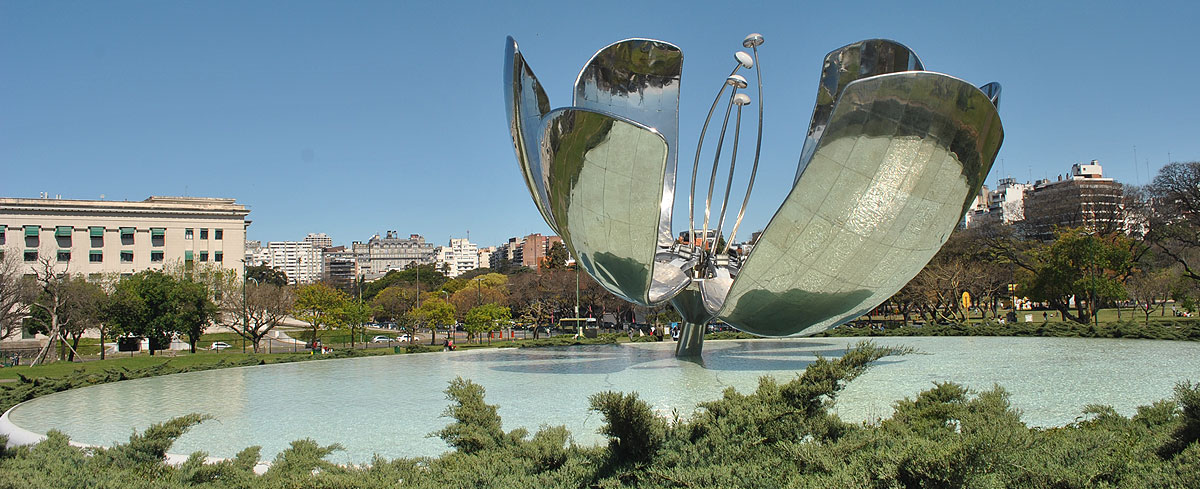No need to worry if you're on a tight budget; sightseeing in Buenos Aires doesn't have to mean breaking the bank. The city has plenty of free attractions and activities. Wander through the many parks and squares, visit historic landmarks and check out the huge range of free cultural activities. Here are just a few of the city's sightseeing attractions that don't cost a peso.
Museums with free entry

Many museums run by the national government have free entry, including the Immigration Museum and the Cabildo. The Museum of Latin American Art (MALBA) has half-price entry on Wednesdays, while the Museum of Decorative Art and the Museo de Arte Moderno are free on Tuesdays. The Carlos Gardel home-museum has free entry on Wednesdays, and, while the Evita Museum charges for entry, there are guided tours on Tuesdays and Sundays at no extra charge.
Caminito
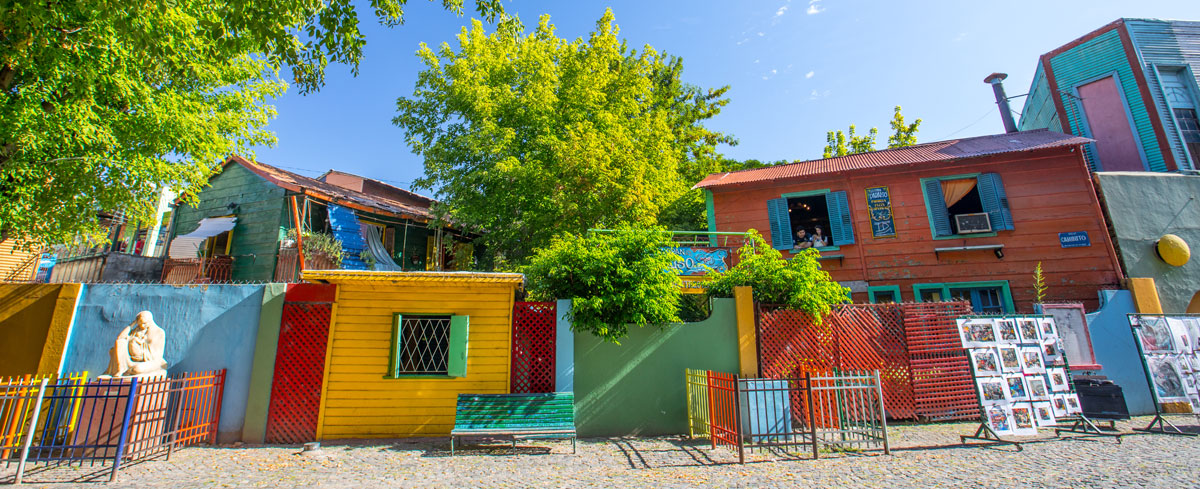
El Caminito, in La Boca neighbourhood, is a colourful open-air museum with houses built from wood and corrugated metal by Genoan immigrants at the end of the 19th century. You'll find works of art by several local artists incorporated into the street itself, plus arts and crafts stalls, and restaurants offering displays of tango and folk dancing. The craft fair (Feria de Artistas Plásticos de Caminito) is open every day from 11am to 6pm in winter and 11am to 8pm in summer.
Casa Rosada
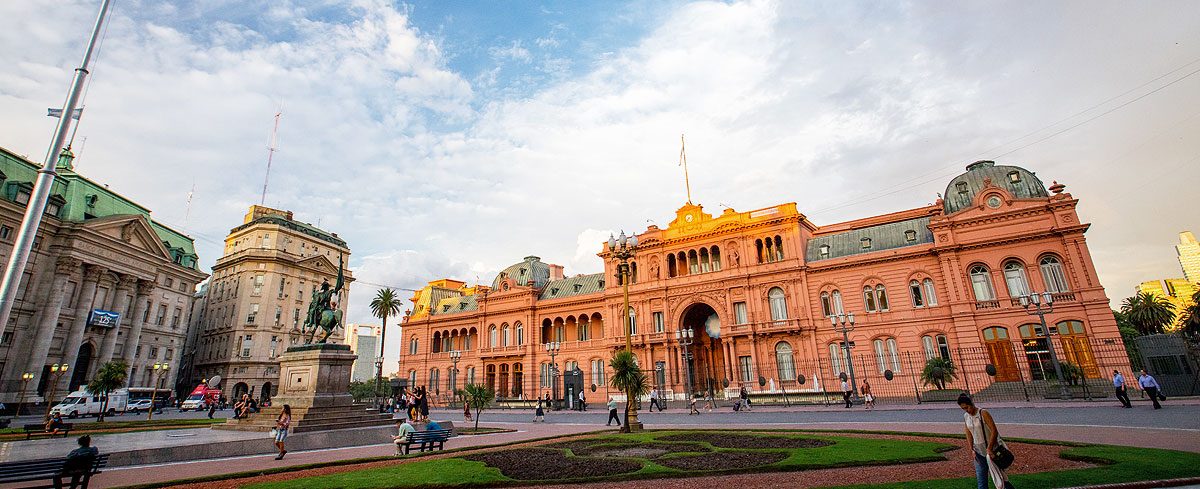
The Casa Rosada is the palace of the Argentine government, from whose balconies presidents, and their wives in the case of Eva Perón, have spoken to their supporters in the Plaza de Mayo. Free guided tours in English are offered on Saturdays, Sundays and public holidays at 2.30pm (book a place here: https://visitas.casarosada.gob.ar/), and behind the palace itself, is the Casa Rosada Museum, which is free and opens Wednesday - Sunday, and on public holidays, 10am - 6pm.
Recoleta Cemetery

Often voted as one of the most fascinating cemeteries in the world, Recoleta Cemetery is a labyrinthine work of art. The créme de la créme of Buenos Aires society had their mortal remains installed here in extravagant family tombs, decorated with statues and all manner of architectural flourishes. Residents include Argentina's most famous first lady Eva Perón, several former presidents and the writers Adolfo Bioy Casares, Victoria Ocampo and Oliverio Girondo. Stories of tragedy, romance and ghosts abound, and the eerie atmosphere is heightened by the fact that the coffins are visible inside many of the tombs.
Floralis Genérica

One of the city's most unique monuments is Floralis Genérica, on permanent display in the Plaza de las Naciones Unidas. The huge stainless steel flower was designed by Argentine architect Eduardo Catalano, and donated to the city in the year 2002.
The nature reserve

The 350-hectare riverside nature reserve is the city's largest green space and a refuge for hundreds of types of animals. Great for birdwatching - it's been recognised internationally as an important area for birdlife, it's also a popular place to go to run, cycle or enjoy a picnic in the open air. Another popular green space is the Tres de Febrero park with its rose garden.
Major cultural centres

Culture buffs should make sure they pay a visit to the Usina del Arte and the CCK, two historic buildings turned into multidisciplinary cultural centres, which host free concerts, shows and exhibitions. The Usina del Arte in La Boca is a former electricity power station with Italian architectural influences, while the enormous neo-classical CCK was formerly the city's central post office.
Paseo de la Historieta
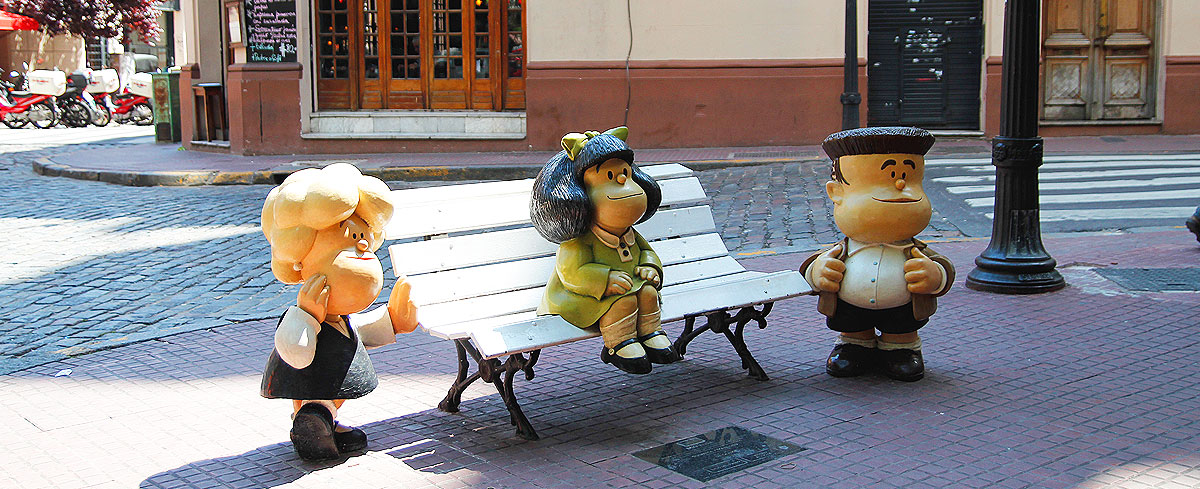
In the neighbourhood of San Telmo, at the junction of the streets Defensa and Chile, you'll find a bench with a statue of a girl sitting on it. The girl is Mafalda - one of Argentina's best-loved comic book characters. This marks the start of the Paseo de la Historieta, an open-air sculpture trail that pays hommage to several Argentine comic book characters and finsihes at the Humour Museum (Avenida de los Italianos 85, in Puerto Madero), which is free for all on Mondays, Tuesday and Wednesdays, and free for under 14s every day.
El Ateneo Grand Splendid

The Ateneo Grand Splendid has to be one of the world's most talked about book shops. A must for all bibliophiles, the store beautifully preserves the interior architecture and design of the former Gran Splendid Theater.
Historic tramway

You can ride one of the city's historic trams, lovingly maintained by Amigos del Tranvía (friends of the tramway) association, through the Caballito neighbourhood on Satudays, Sundays and public holidays. Trams run on a loop, starting and stopping at Emilio Mitre 500. It's free to get on board, and fun for all the family. Take advantage of the trip to explore the tranquil Barrio Inglés, or English neighbourhood, nearby.
Feria de Mataderos
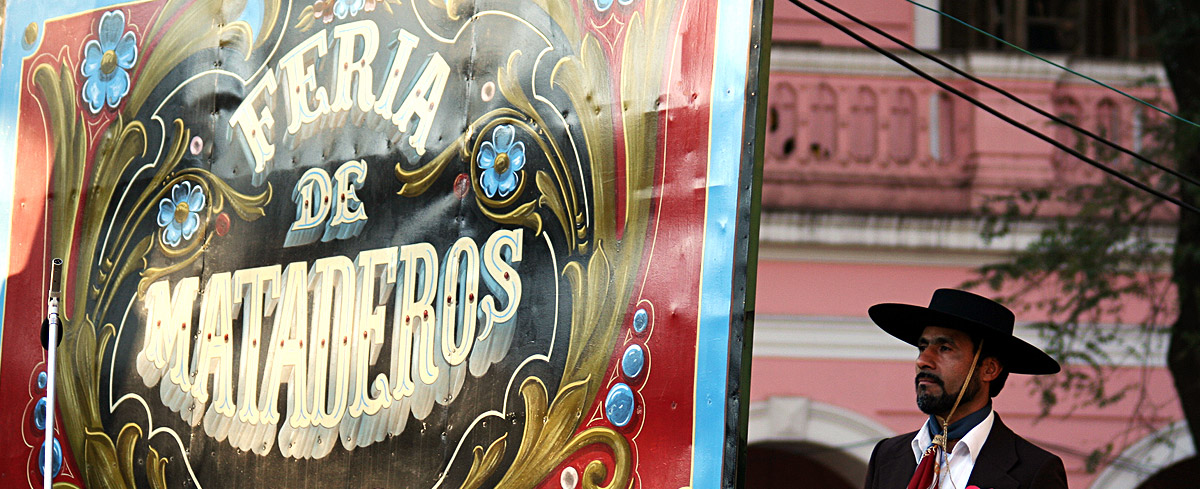
This weekly open-air fair in the Mataderos neighbourhood is a great place to discover Argentina's homegrown culture, with a large arts and crafts market, traditional food from the north of the country, and displays of horsemanship and folk dancing. The fair is held on Sundays from March to December inclusive.
Parque de la Memoria
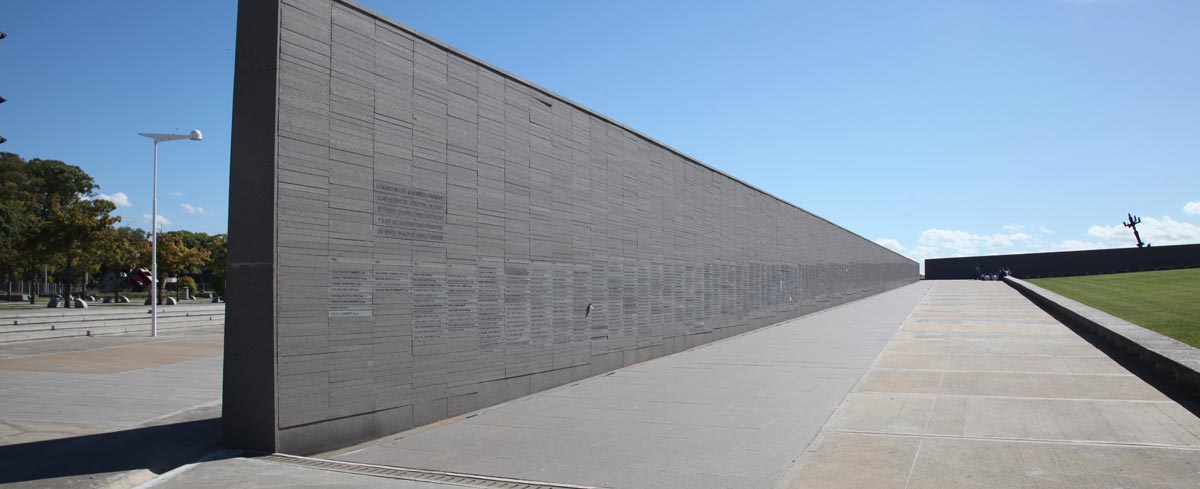
The Parque de la Memoria is a space for reflection dedicated the victims of state terrorism. Located on the northern riverside, it is a peaceful open space with art and educational exhibits and river views. It's a relaxing place to walk and escape from the bustle of the city.
